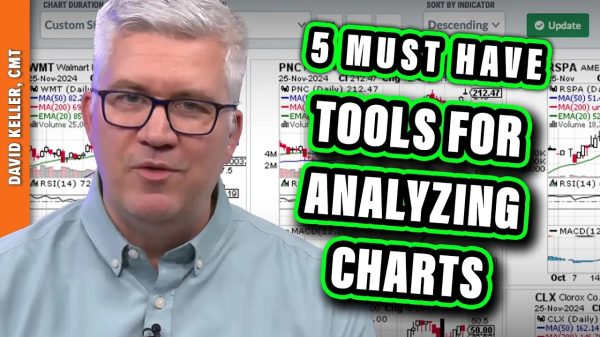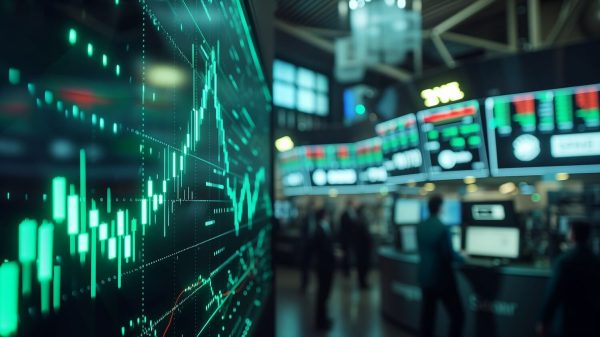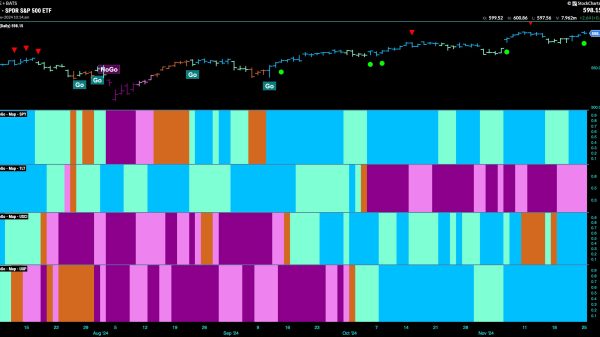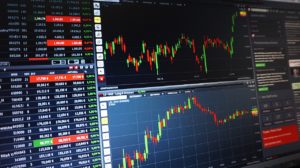The dot-com bubble of the late 1990s and early 2000s serves as a stark reminder of the dangers of market exuberance and speculative investing.
During this period, investors were captivated by the potential of the internet, leading to inflated stock prices and, ultimately, a devastating crash. Understanding the lessons learned from this historic event is essential for navigating today’s markets. Additionally, if you want to know more about investments and firms, you may visit Immediate Storm Ai.
Understanding the Dot-Com Bubble
The dot-com bubble was a period of excessive speculation in the late 1990s and early 2000s, characterized by the rapid rise and subsequent crash of internet-related stocks. This bubble was fueled by the excitement and optimism surrounding the internet’s potential to transform business and society. Investors poured money into any company with a “.com” in its name, regardless of whether the company had a viable business model or not.
One of the key drivers of the dot-com bubble was the belief that traditional valuation metrics did not apply to internet companies. Investors were willing to overlook traditional measures of value, such as earnings and revenue, in favor of growth potential and market share. This led to inflated stock prices and created a bubble that eventually burst.
When the bubble finally burst in the early 2000s, it had far-reaching consequences. Many internet companies went bankrupt, and investors suffered massive losses. The dot-com bubble serves as a cautionary tale about the dangers of speculative investing and the importance of thorough research and analysis before making investment decisions.
Identifying Market Exuberance
Identifying market exuberance is crucial for investors to avoid getting caught up in bubbles. One key indicator of market exuberance is a rapid rise in stock prices that is not supported by underlying fundamentals. This can include high price-to-earnings ratios, low or negative earnings, and excessive hype and speculation.
Another indicator of market exuberance is the behavior of market participants. During a bubble, investors may exhibit irrational exuberance, believing that stock prices will continue to rise indefinitely. This can lead to a herd mentality, where investors buy stocks simply because others are buying, regardless of the underlying fundamentals.
To avoid getting caught up in market exuberance, investors should conduct thorough research and analysis before making investment decisions. They should focus on companies with strong fundamentals and sustainable business models, rather than those that are simply popular or trendy. Additionally, investors should diversify their portfolios to reduce risk and avoid overexposure to any one sector or asset class.
Diversification and Risk Management
Diversification is a key strategy for managing risk in an investment portfolio. By spreading investments across different asset classes, sectors, and geographic regions, investors can reduce the impact of any one investment performing poorly. Diversification can also help investors take advantage of opportunities in different markets and sectors, further reducing risk.
Risk management is another important aspect of investing. This involves identifying and assessing risks associated with each investment, and taking steps to mitigate those risks. This can include setting stop-loss orders, hedging against currency or market fluctuations, and using options or other derivatives to protect against downside risk.
Overall, diversification and risk management are essential strategies for investors looking to protect their portfolios from market volatility and minimize the impact of any one investment performing poorly.
Sustainable Business Models
Sustainable business models are key to long-term success in any industry. A sustainable business model is one that is able to generate profits consistently over time, while also taking into account environmental, social, and governance (ESG) factors.
Companies with sustainable business models are more likely to weather market downturns and economic crises, as they are less reliant on short-term market trends.
Investors should look for companies with sustainable business models when making investment decisions. These companies are more likely to provide stable returns over the long term, while also contributing positively to society and the environment.
By investing in companies with sustainable business models, investors can align their financial goals with their values, while also mitigating risk and contributing to a more sustainable future.
Importance of Timing
Timing is crucial in investing, as the value of investments can fluctuate based on market conditions. Understanding market cycles and the factors that influence them can help investors make better timing decisions. For example, investors may choose to buy stocks when prices are low and sell when prices are high, in order to maximize returns.
Timing is also important when it comes to entering or exiting a market. By timing their investments carefully, investors can avoid getting caught up in market bubbles and minimize the impact of market downturns. This requires a thorough understanding of market dynamics and the ability to anticipate changes in market conditions.
Overall, timing plays a crucial role in investment success. By understanding market cycles and making informed timing decisions, investors can improve their chances of achieving their financial goals.
Conclusion
In conclusion, the dot-com bubble offers valuable lessons for investors and entrepreneurs alike. By recognizing the signs of market exuberance, practicing diversification and risk management, focusing on sustainable business models, and understanding the importance of timing, individuals can make more informed decisions in today’s dynamic market environment. It’s crucial to apply these lessons to avoid repeating the mistakes of the past and to build a more resilient and sustainable future.
Read more:
The Dot-Com Bubble And Lessons Learned About Market Cycles
























